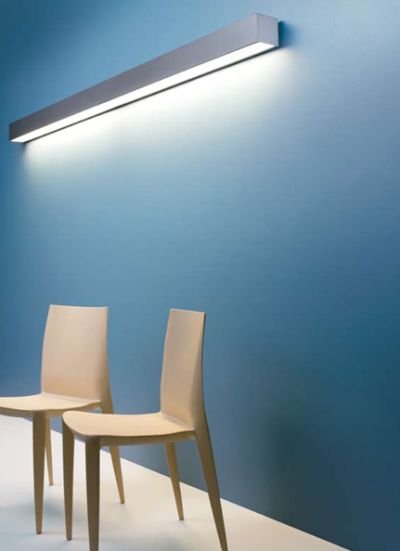Steel Partitions
Steel Sheets are specially formed steel panels that provide continuous reinforcement for monolithic, high strength, fire-resistant plaster finish applications. This type of partition provides a cost-saving alternative to reinforced concrete or Cement concrete blocks partitions. These thin, high-strength walls also easily accommodate electrical conduit and plumbing pipes.

Steel and Aluminium partitions are durable and very easy to install. Since they do not rust or rot like iron or wood, they have long durability. They are lustrous and give high quality appearance. They are aesthetically pleasing as well as easy to maintain and clean. And most importantly, economical in construction. They are generally seen to be used in the public toilets, in shopping malls, cinema complexes etc. They are recommended for areas of high humidity








